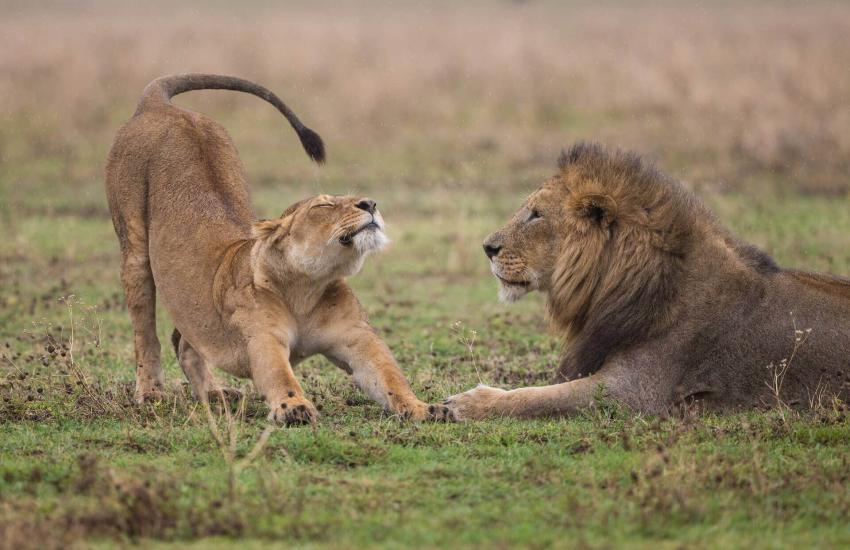Breadcrumb
-
Guidebook
-
Animals & wildlife
-
Wildlife Conservation Volunteering Projects: Duration and Impact
Wildlife Conservation Volunteering Projects: Duration and Impact

Volunteering options for wildlife conservation are available for a range of time commitments and goals in a variety of programs. Long-term projects allow volunteers to make a major contribution to conservation outcomes, while medium-term projects allow for deeper engagement and skill development. Short-term initiatives give volunteers a taste of conservation work.
Volunteers can maximize their contribution to wildlife conservation by making informed judgments when they are aware of the objectives, requirements, and time-frame of a project. No matter how long, every volunteer experience makes a difference in the overall endeavor to preserve our natural heritage and guarantee the survival of ecosystems and wildlife.
Short-Term Projects
The typical duration of short-term wildlife conservation projects is between a few days and a few weeks. These initiatives are created to give volunteers a hands-on learning opportunity and an introduction to conservation efforts. They often involve activities such as habitat restoration, wildlife monitoring, data collection, or community outreach initiatives. Short-term projects are ideal for individuals seeking a meaningful volunteer experience within a limited time frame or for those who want to explore different conservation projects before committing to a longer-term engagement.
Medium-Term Projects
Projects aimed towards medium-term wildlife conservation often last a few weeks to a few months. These initiatives give volunteers the chance to get more involved in conservation work, hone their abilities, and have a real impact. Volunteers can take part in community-based conservation initiatives, habitat management, and wildlife research. Medium-term programs allow volunteers to experience the difficulties and pleasures of conservation work while managing personal and professional schedules. They strike a compromise between a major commitment and flexibility.
Long-Term Projects
Projects for the long-term conservation of animals last for a year or more. These initiatives call for greater involvement and dedication from volunteers. On lengthy projects like wildlife population monitoring, habitat restoration, or policy advocacy, participants frequently collaborate with conservationists, researchers, and local communities. Long-term initiatives give volunteers the chance to learn in-depth skills, make a lasting impact on conservation efforts, and forge close bonds with the project and the surrounding community.
Factors Influencing Project Duration
The duration of wildlife conservation volunteering projects can vary based on several factors:
Project Goals: The specific objectives of the conservation project influence its duration. Projects with ambitious goals or complex research requirements may require a longer time commitment to achieve meaningful outcomes.
Conservation Needs: The urgency and scope of conservation needs in a particular area can determine project duration. Projects addressing critical issues, such as species on the brink of extinction or threatened ecosystems, may necessitate longer-term engagement to implement effective conservation strategies.
Funding and Resources: The availability of funding and resources can impact project duration. Adequate resources ensure the continuity of conservation efforts and the sustainability of volunteer engagement.
- Seasonal Considerations: Some wildlife conservation projects are seasonal, focusing on specific events such as breeding seasons, migrations, or habitat restoration during favorable weather conditions. The project duration may align with these seasonal cycles.
Volunteer Preferences and Availability: Volunteer preferences, availability, and personal commitments play a role in determining the duration of their engagement. Some volunteers may opt for shorter projects due to time constraints, while others may choose longer-term commitments to immerse themselves more deeply in conservation work.

